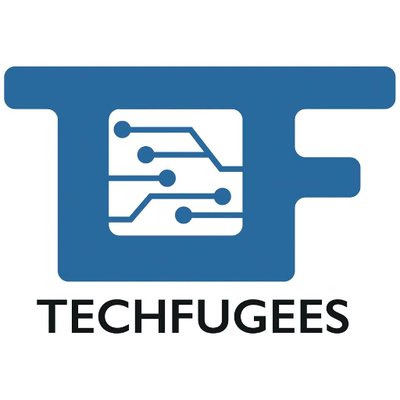Refugees are ____
How does news media talk about refugees around the world?
Unicef has identified Media as one of the factors leading to Xenophobia against refugees. News ‘bubbles’ can polarize host communities and filtered information focused on refugees negative stereotypes can make communication and integration between refugees and host communities much harder leading to a disenfranchised isolated community.
This dashboard explains the narrative around refugees and migrants in the news extracted from GDELT. You can select the date from the calendar on the top side and see the results for that date. Default date is 1st June 2018. Current data available is daily for June 2018

